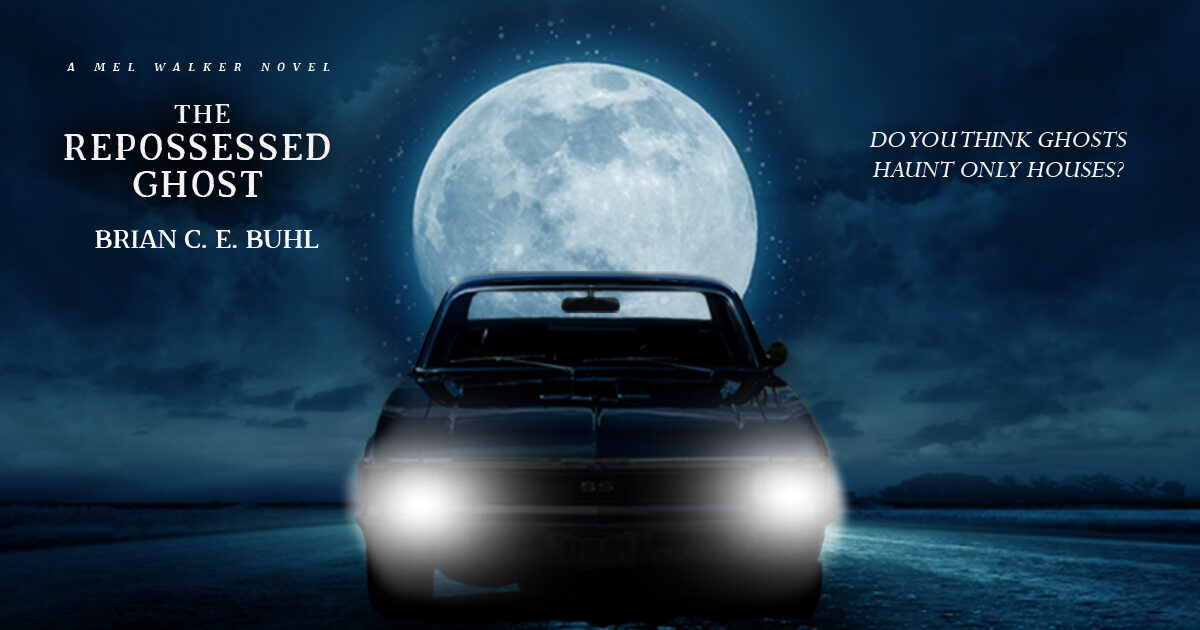I touched on dehumanization a bit yesterday when I talked about zombies. Let’s talk about the broader topic of dehumanization in general, what it’s role is in stories, and why it is such a powerful tool in real life.
As I said yesterday, you can have your characters do grotesque violence to a zombie without losing the sympathy of your audience. You can do the same thing with robots, certain alien races, and any monster that is demonstrably evil or aesthetically unpleasing. That last part isn’t a joke or an exaggeration.
We like creatures that either look like us or are pretty. The average person will be delighted and fascinated to have a butterfly land on the back of their hand. That same person’s heartrate will race, and they might scream if you replace the butterfly with a particularly hairy moth.
The movie A.I. has a scene that demonstrates our bias when it comes to beings that look like us. David is an artificial boy that appears human, and after getting dumped in the woods by the mother-figure he loves the most, he finds himself in a violent anti-robot rally. Audiences sit in bleachers and cheer as various robots are dismembered, shot, burned, and destroyed in unnecessarily grotesque ways. Then David is up, and the crowd is horrified. The only thing different about David is his aesthetics, but it’s enough that the crowd sympathizes him, causing them to turn on the ones running the show.
Humanization, and dehumanization. You can have an army of robots chasing the plucky heroes, and you can show one of the heroes pick up a gun, squeeze off a few shots, and make robot’s head explode. If you add some comedic sounds, you can show this to children in a Disney cartoon. As soon as you change the robots to humans, however, you’ve earned an R rating.
Writers can lean into this, and go in either direction depending on their needs. I have already mentioned that if you want to keep your characters morally clean in the eyes of your readers, you can have them fight inhuman beings. If you want your villain to seem particularly objectionable, you can have them take the life of a person. If you give the person a name, maybe describe them as being a divorced father just trying to do their best for their daughter that they only see once a week… well, now your audience is ready to take up arms against the villain themselves.
It’s all about empathy and sympathy. You want your audience to empathize with the heroes, feeling what their feeling, fully immersing themselves in the experiences of the people starring in your story. You also want your audience to feel sympathy for the victims of the villains. That wasn’t just some random guard that died in the bank. That was Bill, and he was terrible at poker, but he still showed up every week with a smile and a case of beer. Unless you want the audience to experience something traumatic and horrifying, you don’t want them to sympathize with the alien your plucky hero just beheaded. Your story might be difficult to read, perhaps even inaccessible, if the audience is expected to empathize with someone that is doing horrific violence to beings that the audience simultaneously sympathizes with.
Dehumanization is the means by which you can strip away sympathy, transforming a person into something else. That’s not Roger. That’s a dirty Romulan spy that’s infiltrated our territory. That person over there? That’s an enemy. They’re a <insert slur here>. Effective propaganda uses language to pry people apart and separate human beings into us versus them. If you’re not with us, you’re against us. If you’re against us, you’re a villain. You’re scum, and you deserve what’s coming to you.
This is all very useful when world building, and when you want to make believable cults or political parties. Playing with empathy and sympathy is the surest way to get buy-in from your audience. It’s how fandoms rise, and it’s one of the ingredients required to make a fandom toxic. You can’t get the reaction that The Last Jedi and Rise of Skywalker received if your audience is not invested and passionate.

One thought on “Dehumanization in Stories”
Comments are closed.